In Japan, Nukaduke, or rice bran pickles, holds a significant place in culinary tradition. This ancient preservation method involves fermenting vegetables in a mixture of rice bran, salt, and water, resulting in a tangy and flavorful pickle with probiotic benefits. This dish reflects the Japanese appreciation for preservation techniques and fermented foods. Now, let’s get to know more about this dish in this article.
What is Nukaduke?
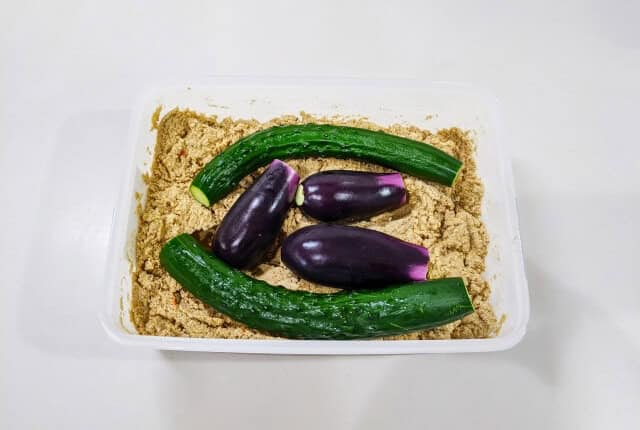
Nukaduke or Nukazuke is a special kind of pickle that involves using rice bran. The salted rice bran is called ‘Nukadoko’ in Japan. A rice bran bed is made by kneading rice bran with salt and water. There are two main methods: one involves fermenting vegetables in a mix of rice bran and lactic acid bacteria, known as nukamisozuke, dobudoke, or dobozuke. The other method includes covering ingredients like daikon radish, herring, or saury with salt and bran, without using a bed of rice bran.
History of Nukaduke
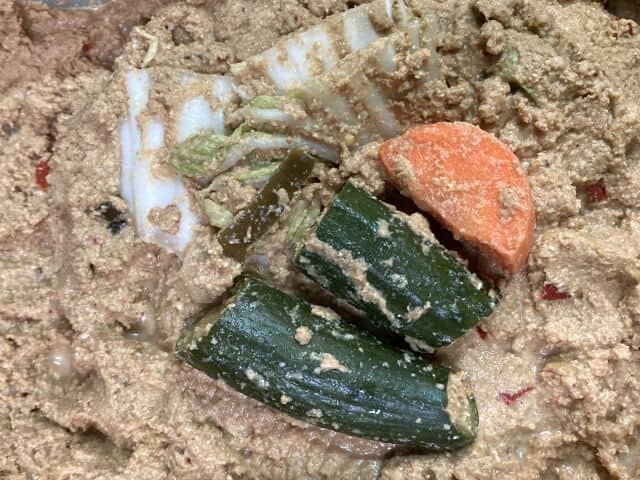
The roots of Nukaduke trace back to ancient times. One predecessor, called Suzuhori, is mentioned in historical records from the Heijo-kyo ruins, where ground grains and soybeans were mixed with salt to create pickles. This early form likely served as the prototype for what would later become known as nuka-zuke. By the early Edo period, around the 17th century, significant changes occurred. Instead of using grains and soybeans, rice bran became the primary ingredient for nukazuke. This switch was prompted by health concerns caused by a diet overly reliant on polished white rice, lacking the nutrients found in rice bran. Although nutritional knowledge was limited at the time, it’s believed that the vitamin B1 in rice bran, absorbed during the pickling process, helped prevent beriberi.
During the transition from the Muromachi period to the Edo period, advancements in rice polishing technology made it feasible to separate rice bran from brown rice efficiently. This surplus rice bran found a new purpose in pickling, gradually replacing earlier methods. As nukaduke gained popularity, it became a staple in Japanese cuisine, particularly valued for its ability to preserve vegetables for extended periods.
Nutrients you can get from Nukaduke
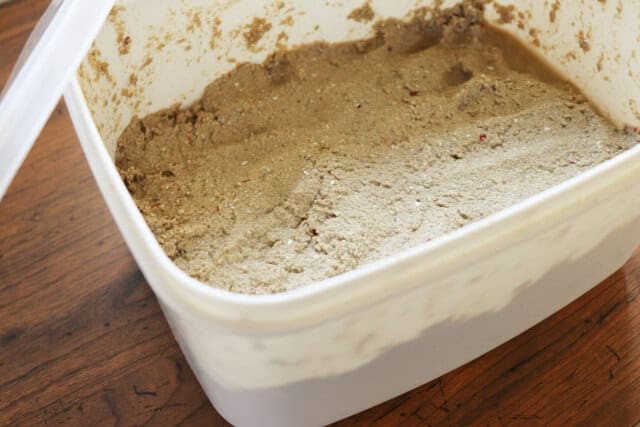
Rice bran pickles are prized in Japan for their nutrient richness, including plant-based lactic acid bacteria which multiply within the vegetables during pickling, enhancing the pickles’ probiotic content. Moreover, these pickles are a abundant source of essential nutrients such as protein, lipids, dietary fiber, and vitamins A, B1, B2, B6, E, niacin, calcium, phosphorus, and iron, all preserved as they are not subjected to heating during preparation. Additionally, these pickles often surpass raw vegetables in vitamin content due to fermentation, where vitamins increase as lactic acid bacteria and yeasts digest rice bran, transferring its nutrients, including protein, fiber, and minerals like calcium and phosphorus, to the vegetables. This process makes the nutrients more accessible, providing a convenient and nutritious alternative to consuming brown rice directly.
Things to be careful about when eating Nukazuke
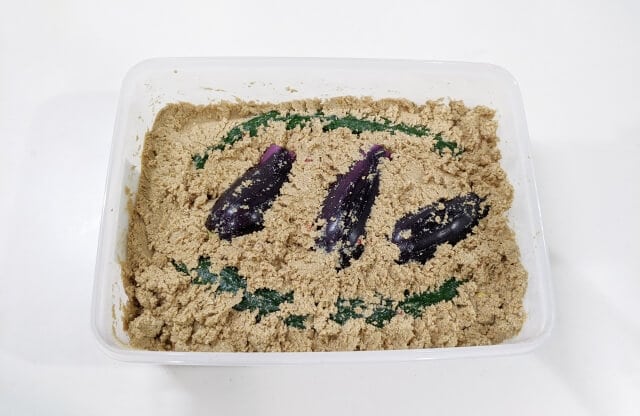
While pickled vegetables offer numerous health benefits, including aiding digestion and improving gut health, they also come with a caution: high salt content. Just three slices of pickled daikon radish can contain about 1 gram of salt, and exceeding recommended daily salt intake levels set by health authorities can pose risks, particularly for those prone to high blood pressure or arteriosclerosis. To mitigate salt consumption, it’s advisable to pickle vegetables whole, lightly, or refrigerate them.
Furthermore, many beneficial bacteria present in pickled vegetables may perish in stomach acid, limiting their effectiveness. To maximize the delivery of these helpful microbes to the intestines, consuming pickled vegetables between meals or towards the end of a meal, when stomach acid is weaker, is recommended. This ensures that as many beneficial bacteria as possible survive the journey to the gut.
Nukaduke FAQ
- How long do rice bran pickles last, and how should they be stored to maintain freshness?
-
Rice bran pickles have a relatively long shelf life when stored properly. Typically, they can last for several weeks to a few months when stored in an airtight container in the refrigerator. It’s essential to keep them submerged in their pickling liquid to prevent spoilage and maintain their crispness and flavor.
- Are rice bran pickles suitable for people with dietary restrictions, such as those following a vegan diet?
-
Yes, rice bran pickles are generally suitable for vegans. They are made primarily from vegetables and rice bran, with no animal products involved in the pickling process.
How to make Nukaduke?
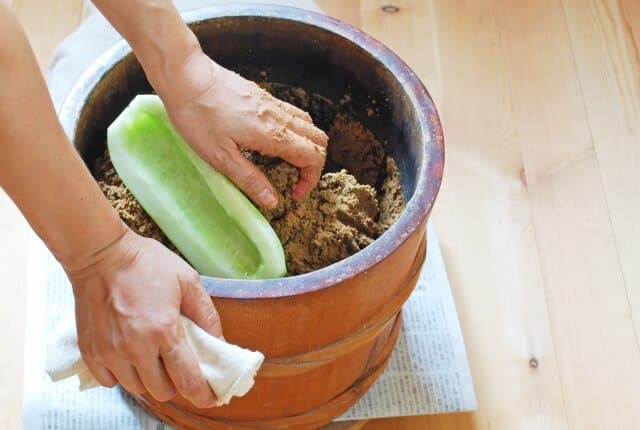
Begin by washing the vegetables thoroughly to remove any dirt or impurities. Ensure they are completely drained before proceeding to the next step.
Different vegetables require varying soaking times, depending on factors like their size and density, as well as the ambient temperature. For instance, cucumbers are typically soaked whole for 8 to 15 hours at room temperature or longer if refrigerated.
Carrots, when quartered and peeled, require soaking for 20 to 30 hours. Similarly, turnips, when cross-cut, need soaking for 10 to 20 hours. While eggplants, halved, benefit from soaking for 10 to 24 hours. Daikon, when quartered and peeled, should be soaked for 20 to 30 hours. When adding or removing vegetables during soaking, remember to turn the rice bran bed upside down.
The pickling process can be adapted to various seasonal vegetables, offering a diverse range of flavors and textures. For detailed instructions on pickling specific vegetables, it’s advisable to consult with an expert in rice bran pickling. It’s essential to cover the vegetables with a rice bran bed to prevent direct contact with air during pickling. Stirring the pickling mixture daily is ideal, but at least once every two days is recommended.
Notes and Tips: During the initial stages of fermentation, vegetables may become overly salty. To mitigate this, remove the vegetables from the pickling mixture earlier than recommended, especially during the first few soakings. After 2 to 4 soakings, the salt concentration typically reaches an appropriate level.
Final Thoughts
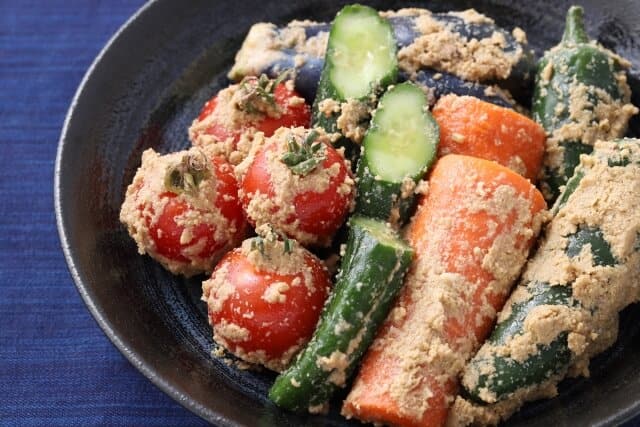
Nukaduke, with its rich flavors, health benefits, and cultural significance continues to captivate both locals and visitors alike. Whether enjoyed as a side dish, snack, or accompaniment to a meal, Nukaduke remains a beloved symbol of culinary tradition, connecting generations through its vibrant flavors and cherished traditions.
You can check some Japanese fermented dishes that we know you would like to try too.






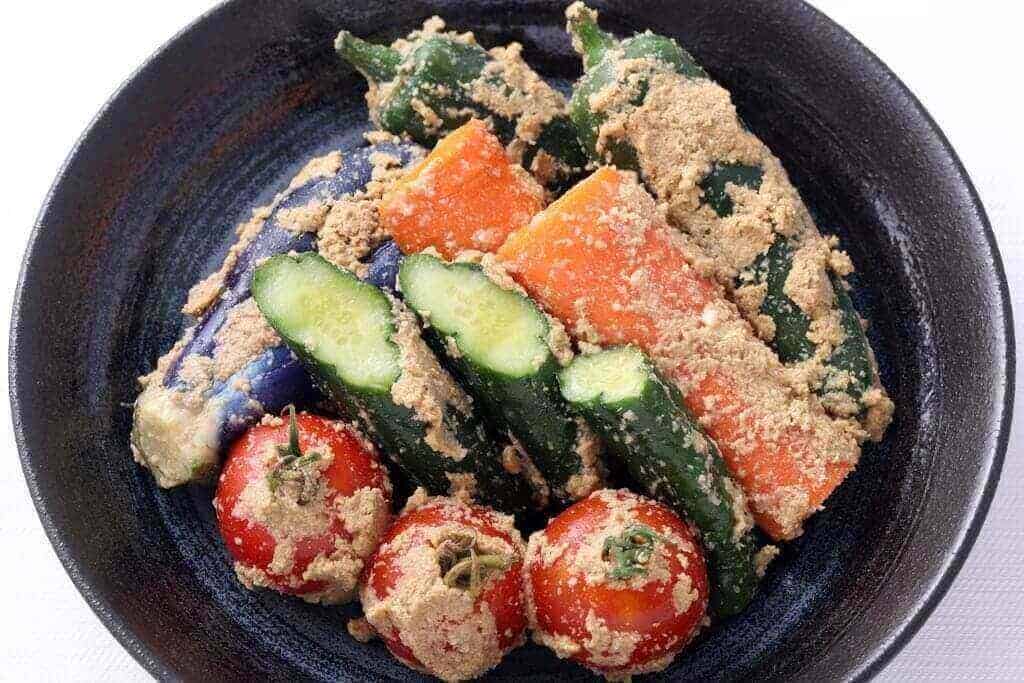
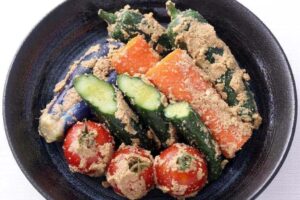
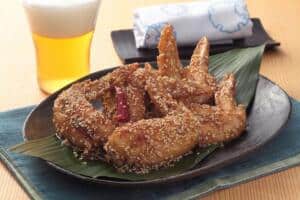
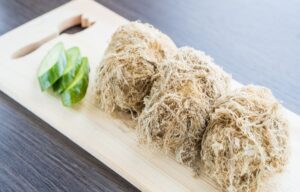
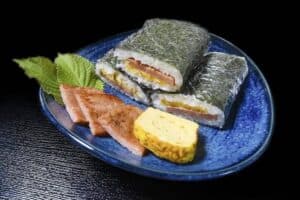
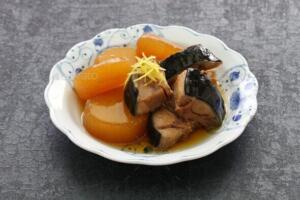
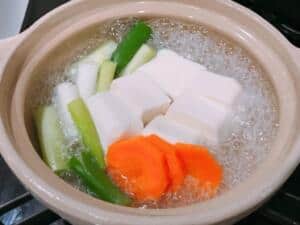
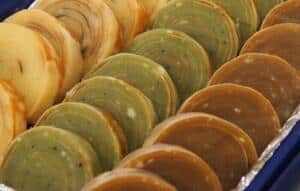
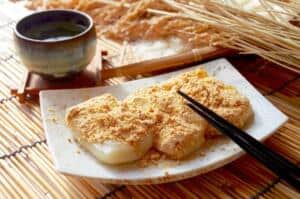
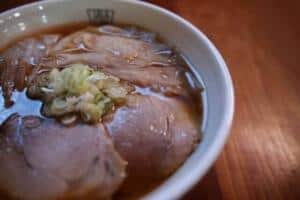
Comments